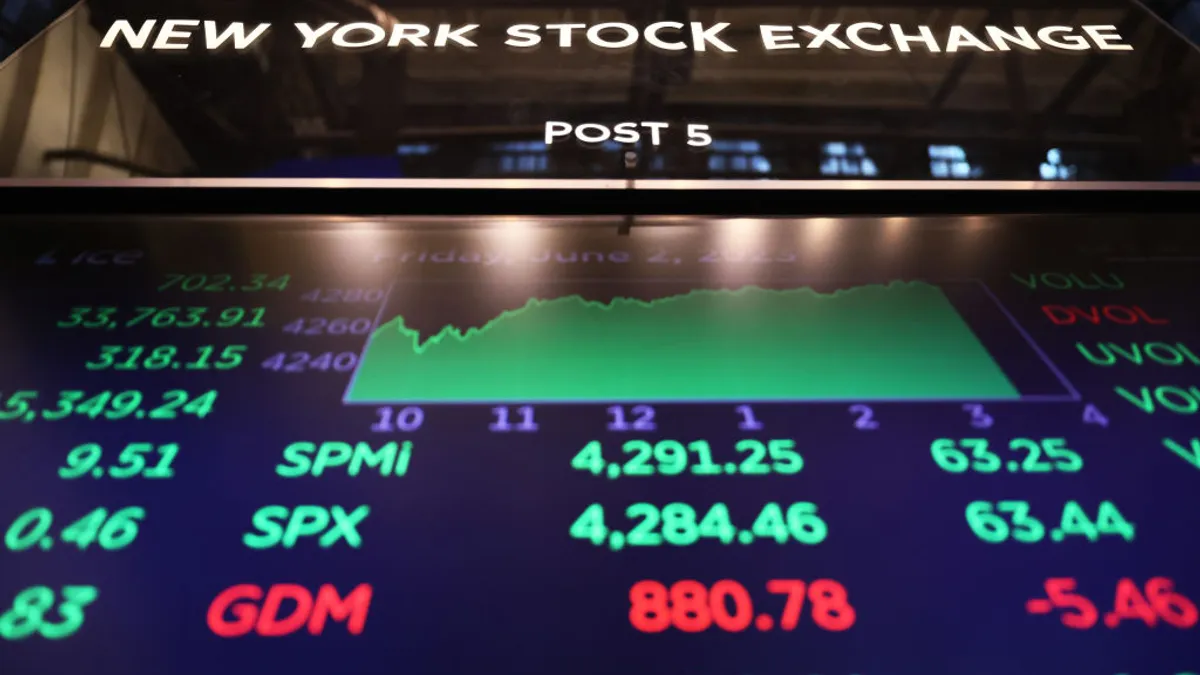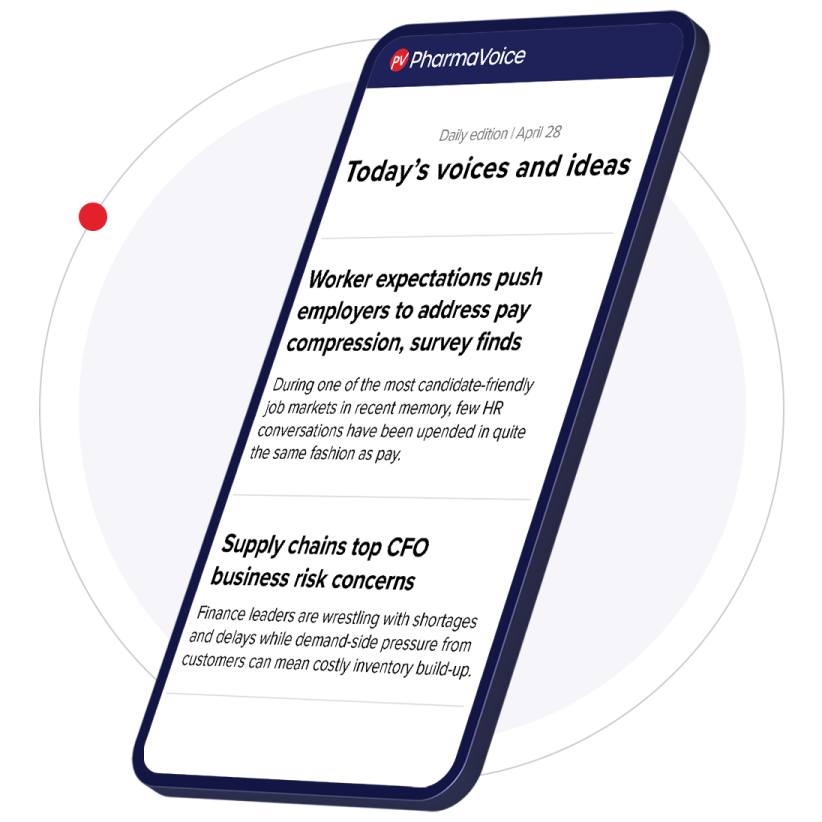Just as biotech’s IPO market started to rebound in 2024 after years of stagnation, a fresh batch of headwinds and uncertainties could make going public more challenging in 2025 and beyond.
While biotech IPOs remained relatively low at 25 last year, 70 companies reached the requirements to be added to the Nasdaq Biotech Index, up from 33 the year before. But in 2025, factors such as market fluctuations, tariff threats, regulatory turmoil and limited access to cash could cause the NBI to shrink once again, according to a report from BDO.
The current status of the IPO market can be traced back to the COVID-19 pandemic, said Brad Stewart, market managing principal and national life sciences co-leader at BDO and a co-author of the report. IPOs peaked in 2021 as money flowed into the sector, offering solutions for the health crisis, but the market crashed back to reality as economic uncertainty made it more difficult to rebound.
“There’s a significant need out there for capital and companies to raise money, whether it’s through IPOs, private financing rounds or through M&A,” Stewart said. “It used to be a palpable feeling in the marketplace that if I don’t do a deal now, someone else is going to do it tomorrow, and that just doesn’t exist today.”
Only seven biotechs have undertaken IPOs so far this year, and Stewart sees the combination of market unpredictability and maintaining fundraising success as albatrosses around the industry’s neck. Those that have gone public have seen relatively little in return.
In the post-pandemic environment, companies exploring an IPO see more upside in waiting for a better valuation, Stewart said, with uncertainty playing a major role in keeping IPOs at bay.
“At the beginning of the year, there was some momentum and optimism, but honestly, the rest of the year so far has been turmoil,” Stewart said. “Between constant changes with tariffs and taxes and regulations, as well as challenges at the FDA and NIH, making investments that pay off 10 to 15 years in the future is difficult. It’s very hard to contemplate a 10-year horizon.”
“What needs to happen ... are deals in the billion-dollar-plus range, and when two or three more of those happen, maybe the snowball starts rolling.”

Brad Stewart
Market managing principal and national life sciences co-leader, BDO
Momentum building
When it comes to a market revival, momentum begets more momentum. But without an initial spark, investors are hesitant to open the pursestrings. Growth in the IPO market also requires action on the M&A side to show investors that the time is right to jump in.
“Private investors have to see some sort of clear, demonstrable exit for their investment, and when there aren’t companies going public, not being acquired, there’s just no point,” Stewart said. “What needs to happen, and we’re starting to see more of these recently, are deals in the billion-dollar-plus range, and when two or three more of those happen, maybe the snowball starts rolling.”
A healthy IPO market for biotech would be in the range of about 30 to 40 companies going public, Stewart said. Over the last few years, that number hasn’t been reached. And the types of companies going public tend to fall into trendy categories, like GLP-1s in weight loss or antibody-drug conjugates in oncology, Stewart said, which tend to do better in later stages of drug development.
But even the booming area of weight loss hasn’t delivered desired results. Aardvark Therapeutics’ $98 million IPO to support development of an obesity candidate has faltered in the public markets, according to a Bloomberg report.
The timing needs to be right, Stewart said.
“If your next milestone is five years from now, that’s not a positive experience for a public company and their investors, and they probably aren’t going to raise enough capital to be successful in the marketplace,” Stewart said. “At the end of the day, most life sciences companies don’t have the cash flow, and so nearer-term milestones are critical.”
Political realities
The long timelines of biotech investment make for difficult opportunities, particularly in a tumultuous political environment, Stewart said. Regulatory risk makes it harder to keep a solid target in place.
“I would have believed six months ago that if I submitted a drug application and got a PDUFA date, I would get a response — I don’t know what my expectations are now, and that starts to create concern,” Stewart said. “Longer term, you worry about who’s going to be reviewing these filings two years from now.”
How can companies remain agile to align themselves for an IPO and keep investors happy? Stewart recommends stepping back and assessing challenges one by one.
“Think about how you can strategically do things a little differently to de-risk this as much as possible,” Stewart said. “Step back from your inherent training as a scientist and be a little more creative in your thought process to effectively manage or reduce risk.”
If IPO momentum starts to build despite these hurdles, investors will likely join the fray with enthusiasm, Stewart said.
“The most important thing people can look for is companies to start to put [IPO] filing in, and that will start to put pressure on the industry to make deals,” Stewart said. “If that happens, it’s going to unlock a lot of the private capital that’s out there.”


















